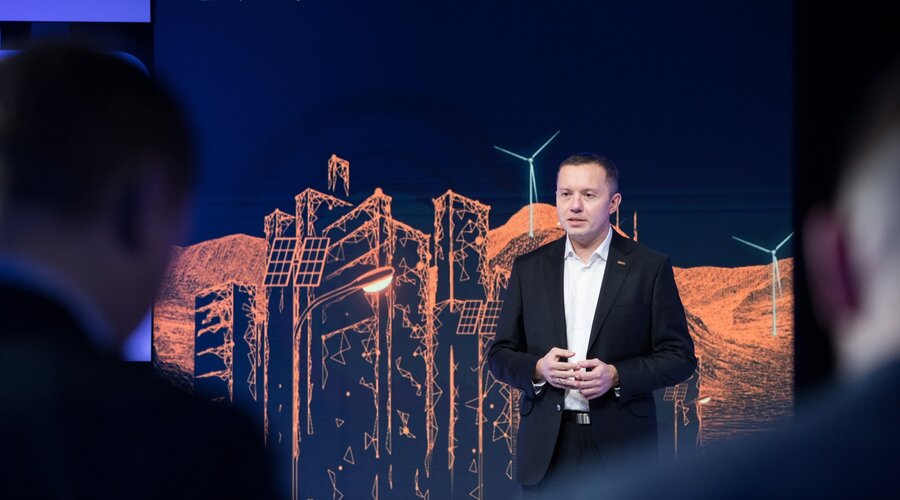The copper coding giants have been announced - KGHM CuValley Hack hackathon has ended
A record number of participants and unique programming marathon solutions - the third edition of the CuValley Hack hackathon has ended! More than 370 people registered to participate. The event was organized by KGHM Polska Miedź S.A. and KGHM Centrum Analityki sp. z o.o. The CuValley Hackathon 2023 ran from January 27 to 29 and took place in an online format.
The largest number of participants of all editions, more than 370 people, including 88 teams, competed for 40 hours for prizes worth a total of PLN 127,500. During the competition, 51 projects were submitted for evaluation, from which the jury selected the 7 best projects, taking into account such indicators as the implementation possibilities or the innovativeness of the proposed solution.
All participants could count on the support of a group of 24 mentors, who were available at all times on a dedicated online platform. Experts from KGHM divisions and external experts from the Data Science sector helped the participants take the right direction in their work on the project and suggested how to approach the topic to make the solution effective and practical.
“Today I know for sure that the projects we have awarded have implementation potential, we will be able to use them in the current activities of KGHM Polska Miedź S.A., and some of them will be able to reach a wide range of recipients, such as the solution in task no. 4, in the form of a mobile application,” emphasized Tomasz Zdzikot, the CEO of KGHM Polska Miedź S.A., during the award ceremony.
He added that for a corporation such as KGHM, hackathons are an opportunity to get out of their comfort zone, to face the opinions, the way challenges or expectations are interpreted by a wide audience [...] in order to look for the best and most creative solutions. As a company that conducts operations on 4 continents, KGHM is a global company that needs to improve all the time and has creativity, innovation, and technological innovation written into its DNA and strategy.
The event was held under the Honorary Patronage of Minister Janusz Cieszyński, a Secretary of State for Digitalization at the Prime Minister’s Chancellery, who emphasized in his speech on the last day of the hackathon that the event was an excellent example of how innovative solutions and new technologies can be used in the industrial sector. In his speech, the minister also stressed that KGHM Polska Miedź S.A. is an innovation leader in the sector and the CuValley Hack 2023 hackathon is another proof that the company is constantly looking for new opportunities and solutions.
The organizers of the CuValley Hack 2023 hackathon are already announcing the next edition of the event. Anyone interested in participating in a future hackathon is invited to follow the information posted on the website www.cuvalley.com and in the company’s social media accounts.
List of winners of the CuValley Hack 2023 hackathon:
Category: Energy optimization of the 1st stage grinding process
1st place.
Team: Data Miners
Project: Data Miners team’s winning project
2nd place.
Team: Varstatic
Project: Interactive 1st stage grinding process optimizer
Category: Virtual copper-bearing grain size estimator
1st place.
Team: Spadające Entropie
Project: Copper-bearing grain size prediction
2nd place.
Team: Anzonia
Project: Soft Sensor Anzonia
Category: Creation of a system for automatic estimation of water levels in a river
1st place.
Team: Zespół R
Project: Iron Drawbridge
2nd place.
Team: Bards.ai
Project: Overflow
Category: Secure mobile application for data aggregation
1st place.
Team: Blumilk
Project: KGHMplus



